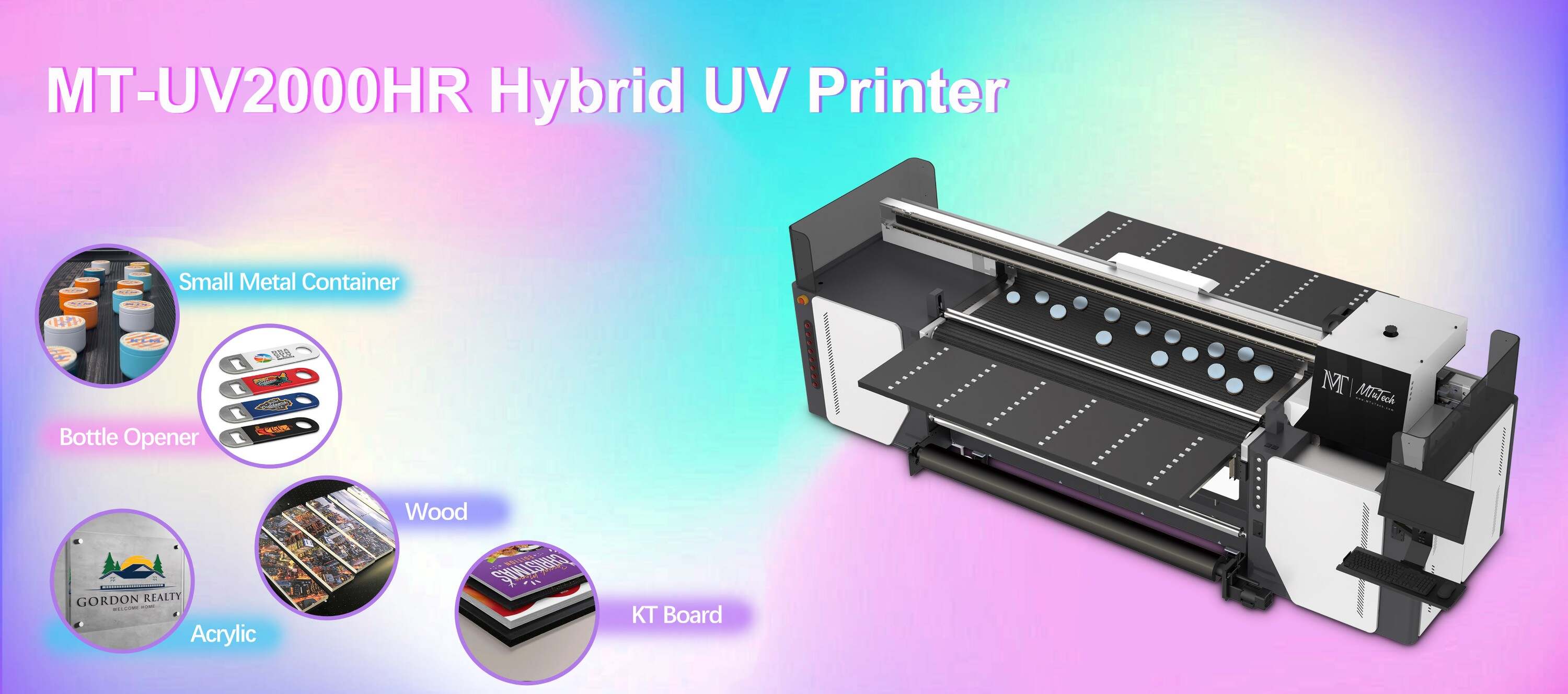 Introduction
Introduction
In the world of printing technology, UV printers stand out for their ability to produce vibrant and durable prints on various materials. As a new owner of a UV printer, the excitement of harnessing this powerful tool may lead to certain oversights. Understanding the common pitfalls can save you time, money, and frustration. In this article, we will explore the top five mistakes new UV printer owners often make and how to avoid them.
Mistake #1: Ignoring Proper Setup
Securing Your Workspace
One of the fundamental steps that new UV printer owners frequently overlook is the proper setup of their workspace. A disorganized or improperly maintained workspace can negatively impact the quality of your prints and lead to equipment malfunctions. Here’s what you should do:
Ensure a clean and dust-free environment.
Position the printer on a stable, flat surface.
Maintain appropriate temperature and humidity levels.
Calibration and Alignment
Another critical aspect of setup is the calibration and alignment of your UV printer. Failing to calibrate your printer correctly can result in misaligned prints and wasted materials. Follow the manufacturer's guidelines for calibration to achieve optimal print quality.
Mistake #2: Neglecting Regular Maintenance
The Importance of Maintenance
UV printers, like any other piece of equipment, require regular maintenance to function optimally. New owners often underestimate the extent of this upkeep. Consistent maintenance helps prevent costly repairs and ensures that your printer operates at peak efficiency.
Clean the print heads regularly to avoid clogs.
Inspect the ink supply and replace cartridges as needed.
Run maintenance cycles according to the manufacturer's recommendations.
Creating a Maintenance Schedule
To simplify the process, create a maintenance schedule that outlines cleaning tasks and checks. This will help in keeping your UV printer in top shape, extending its lifespan and performance.
Mistake #3: Using Incorrect Materials
Material Compatibility
When it comes to UV printing, material choice is crucial. New owners frequently make the mistake of using materials that are incompatible with UV ink. This can lead to poor adhesion and print quality issues.
Always check the manufacturer's guidelines for compatible materials.
Test a small batch before committing to larger prints.
Consider the texture and finish of materials, as these factors can affect the final output.
Experimenting Effectively
While it's essential to use compatible materials, this doesn't mean you can't experiment. Conduct tests on different surfaces to find what works best for your specific needs, but do so cautiously to avoid unnecessary loss of materials.
Mistake #4: Overlooking Color Management
Understanding Color Profiles
Color management is a vital aspect of printing that new UV printer owners often neglect. Without proper color profiles, the colors in your prints may not match your expectations. Familiarize yourself with color management tools and techniques to ensure consistency.
Utilize ICC profiles for accurate color reproduction.
Calibrate your monitor to align colors with printed outputs.
Regularly profile your UV printer to maintain color accuracy.
Conducting Test Prints
Before executing larger projects, always conduct test prints to check color accuracy. This simple step can save you time, ink, and materials by ensuring that the final product meets your quality standards.
Mistake #5: Ignoring Training and Resources
Continuous Learning
Many new UV printer owners often assume they can figure everything out on their own. However, failing to seek out training and educational resources can lead to mistakes and missed opportunities for improvement. Leveraging available resources can enhance your skills and knowledge regarding UV printing.
Attend workshops or training sessions offered by manufacturers.
Participate in online forums and communities related to UV printing.
Consult instructional videos and guides for specific techniques.
Utilizing Manufacturer Resources
Your printer's manufacturer is an invaluable resource. Utilize the manuals, FAQs, and customer support they provide. This can make a significant difference in your understanding and operation of the printer.
Conclusion
A UV printer is a powerful tool that can unlock numerous creative possibilities, but becoming an effective operator involves understanding and avoiding common mistakes. By paying attention to proper setup, maintenance, materials, color management, and continuous learning, you can enhance your printing experience and achieve high-quality results. Remember, taking the time to learn and adapt will reap rewards in both the short and long term. For those interested in venturing into UV printing, explore our high-quality UV printers here, and give your projects the vibrant touch they deserve!
FAQ
1. What are the key factors to consider when setting up my UV printer?
Key factors include ensuring a clean, organized workspace, setting up the printer on a stable surface, maintaining appropriate environmental conditions, and calibrating the printer as per the manufacturer's guidelines.
2. How often should I perform maintenance on my UV printer?
It's advisable to conduct maintenance checks weekly or bi-weekly, depending on usage. Regular cleaning of print heads and inspection of ink levels are crucial for optimal performance.
3. Can I use any material for UV printing?
No, not all materials are compatible with UV printing. Always consult the manufacturer's guidelines for a list of approved materials, and conduct tests on new types to ensure quality output.
4. What is the importance of color management in UV printing?
Color management is vital for ensuring that the colors in your prints match your expectations. Utilizing ICC profiles and calibrating your equipment can help maintain color consistency and accuracy.
5. Where can I learn more about operating my UV printer?
You can learn more by attending manufacturer workshops, participating in online forums, watching instructional videos, and consulting the printer's manual and customer support for guidance.
